
plant of the month: oak tree
English oak has distinctive lobed leaves (Quercus robur), which are easy to identify. The grey bark is thick and vertically ridged, and the fruit – cute little ‘capped’ acorns – are unique too. Oak is a very long-lived species, with some UK specimens hundreds of years old. The tree’s ‘habit’ – the shape it makes with its growth – is tall, spreading and rounded at the top with chunky clusters of leaves. Often the branches bend low to the ground, making it a super climbing tree.
fact file
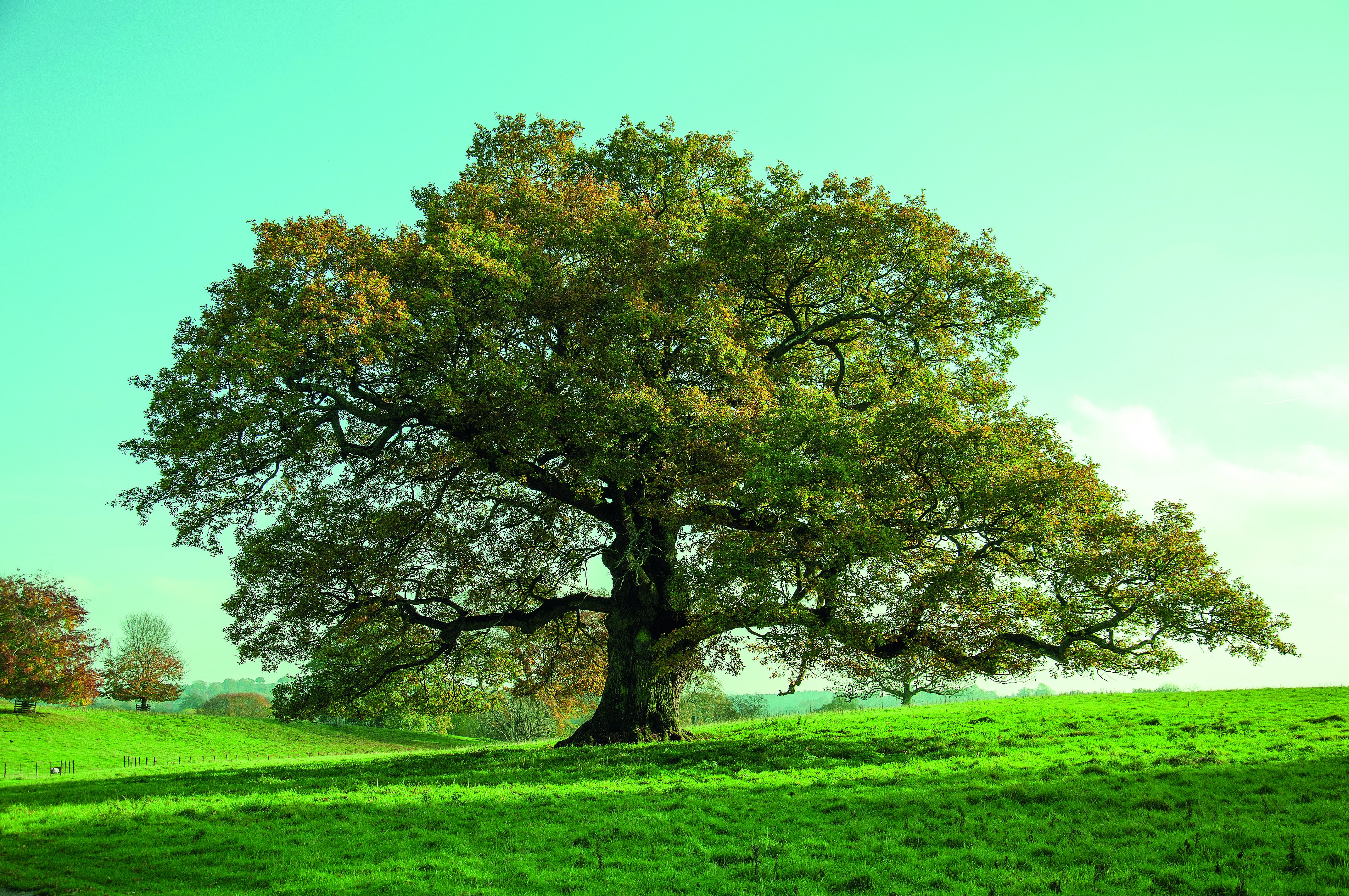
Oak is the ‘national tree’ of England, and of many other countries too, symbolising strength and resilience.
Oak trees support a greater diversity of life than any other native British tree – everything from its bark to its flowers to its fallen leaves sustains a rich ecology of insects, fungi, lichens, birds and other plants and animals.
The Major Oak, in Sherwood Forest (yes, there really is a Sherwood Forest), is estimated to be between 800 and 1,000 years old. Scientists believe it weighs 23 tons. The oldest oak still alive is in Spain and is over 2,000 years old.
myth, magic and culture
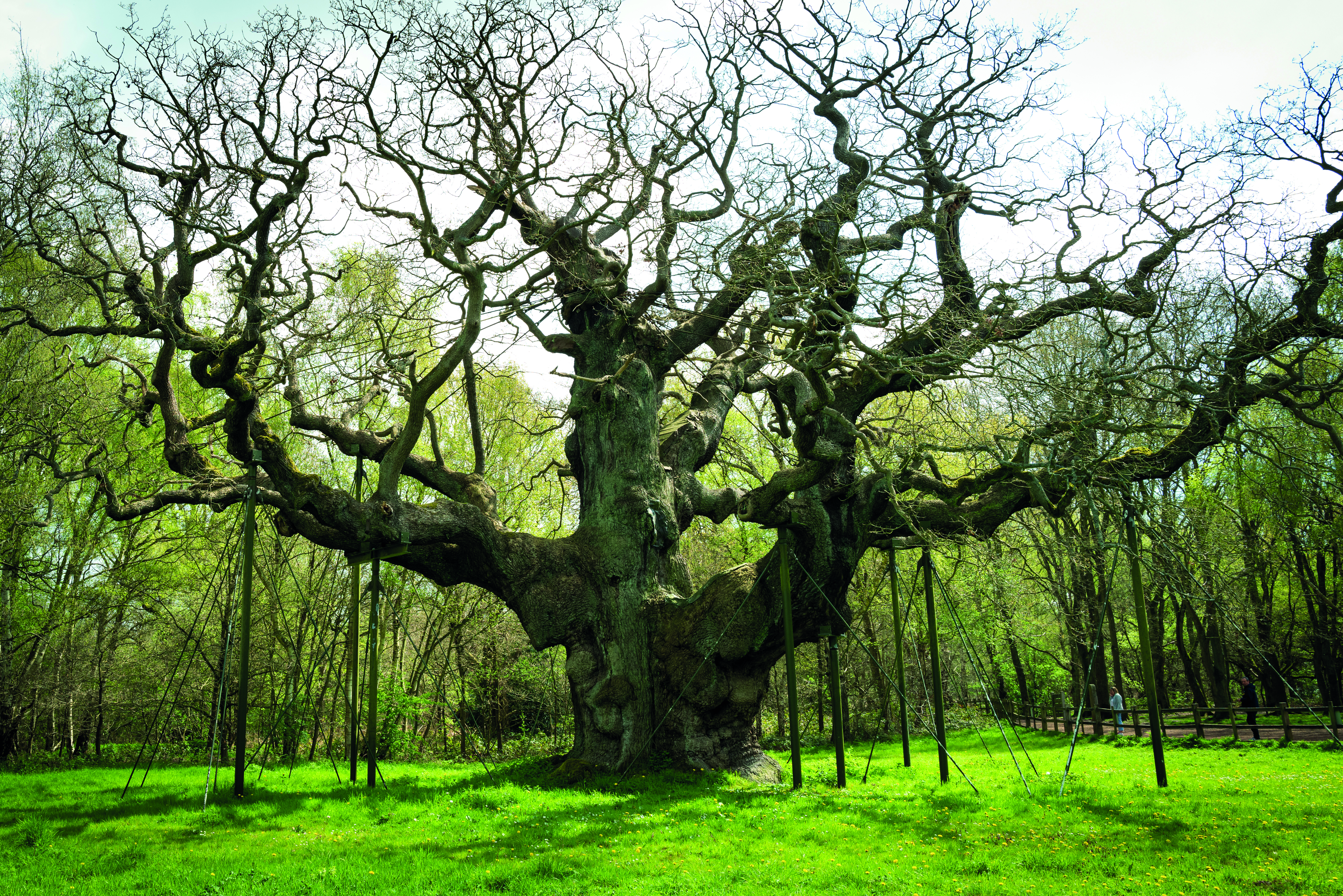
The Major Oak in Sherwood Forest (above) is said to have sheltered Robin Hood and his merry men.
Find out where your nearest large oak is and ‘adopt’ it. Make regular visits – at least once each season – so that children can follow its yearly life cycle. If possible, research its history – oaks are often planted as commemorative trees, so if there is a large one in a nearby park, it may have local historical significance.
Some cultures believe acorns are lucky charms or signs of strength and power.
Next year, mark Royal Oak Day, 29 May, with stories and oak crafts.
aims of this series
Many of us suffer from ‘plant blindness’. But if we don’t notice common plants around us, how can we teach the next generation to care for plants which feed us, give us medicine, clothes and many other things upon which we depend? So, every month during 2023, we’ll look at some of the main features of common plants and explore how to make the most of them for play and learning.
Oak is quite a valuable wood, so when it’s cut down, all parts of it are usually taken away for use. In order to explore it properly with the children, search for a few local woodyards or tree surgeons and ask them to save you pieces when they have some left over. Ask for thin round slices, chunky pieces and lengths of thin branches that you can cut up into ‘cookies’ or whittle into curls. If you develop a friendship with them, ask if they’ll save you similar pieces of the other species we’ve looked at this year.
STEM springboards
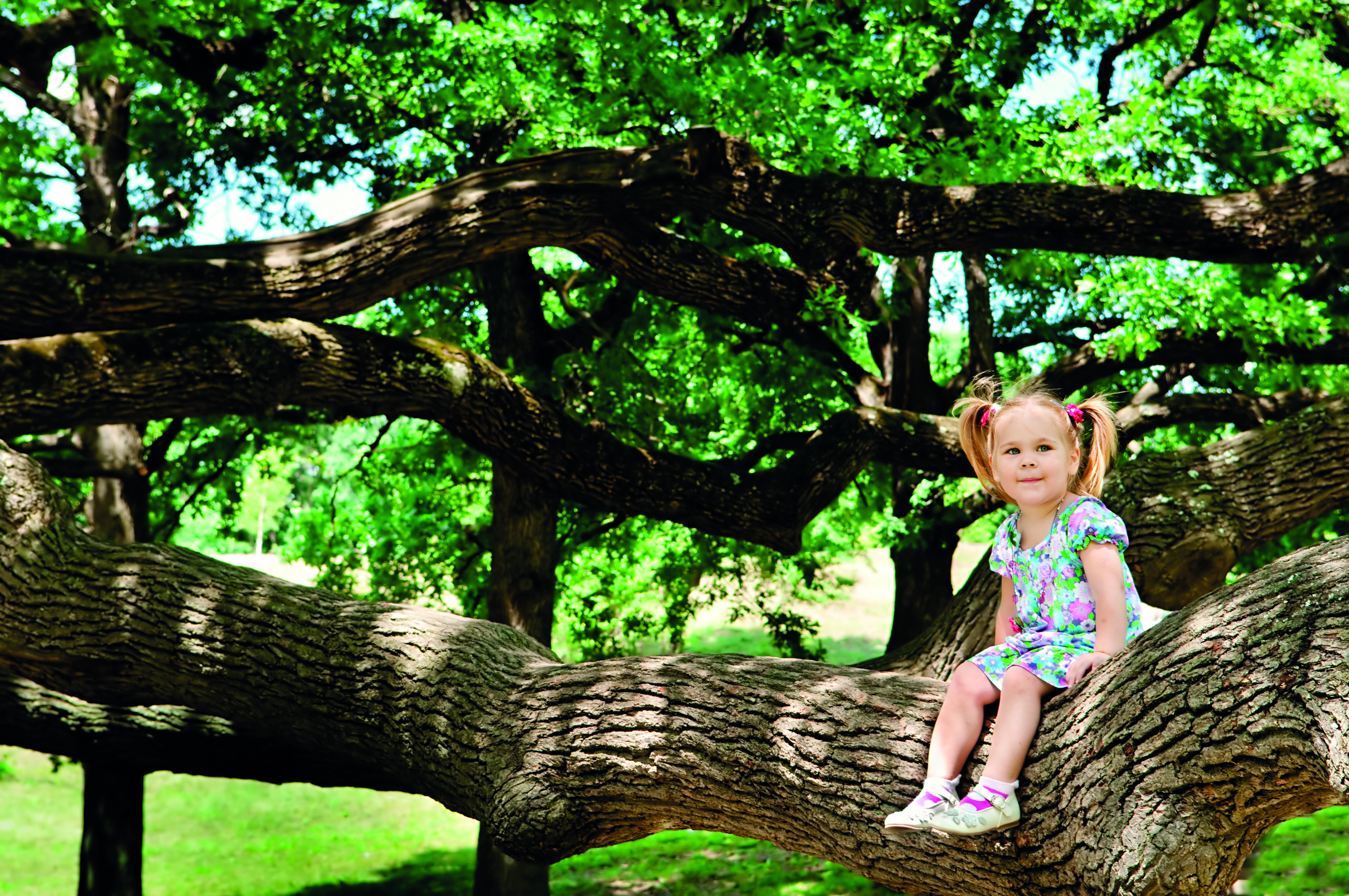
Even though oak is an incredibly dense wood, it has been used to make ships for millennia – show children images of famous sailing vessels, then test oak’s buoyancy in a water-filled tray. Collect pieces in different shapes and sizes – for example, a handful of sawdust, curls whittled froma stick with a vegetable peeler, thin slices and a large chunk or two. Let children feel the weight of each piece and talk about its shape and size. Then place them on the water – each piece will behave differently, with sawdust absorbing water, the slices and chunks sinking, and the slivers floating on top of the water.
Explore maths language by measuring and comparing an oak tree.
Because oaks are so robust, they make great play trees.
superhero feature
It’s hard to narrow down oak’s features to just one; perhaps, though, it’s the sheer diversity of life that oak trees support. There are lots of diagrams online – do an image search for ‘oak tree biodiversity teaching guide’. Make a display with the creatures and other plants that live on and around oaks – such as squirrels, owls, bats, bees, foxes and fungi. Then plant an oak yourselves – see ‘STEM projects’.
crafty oak
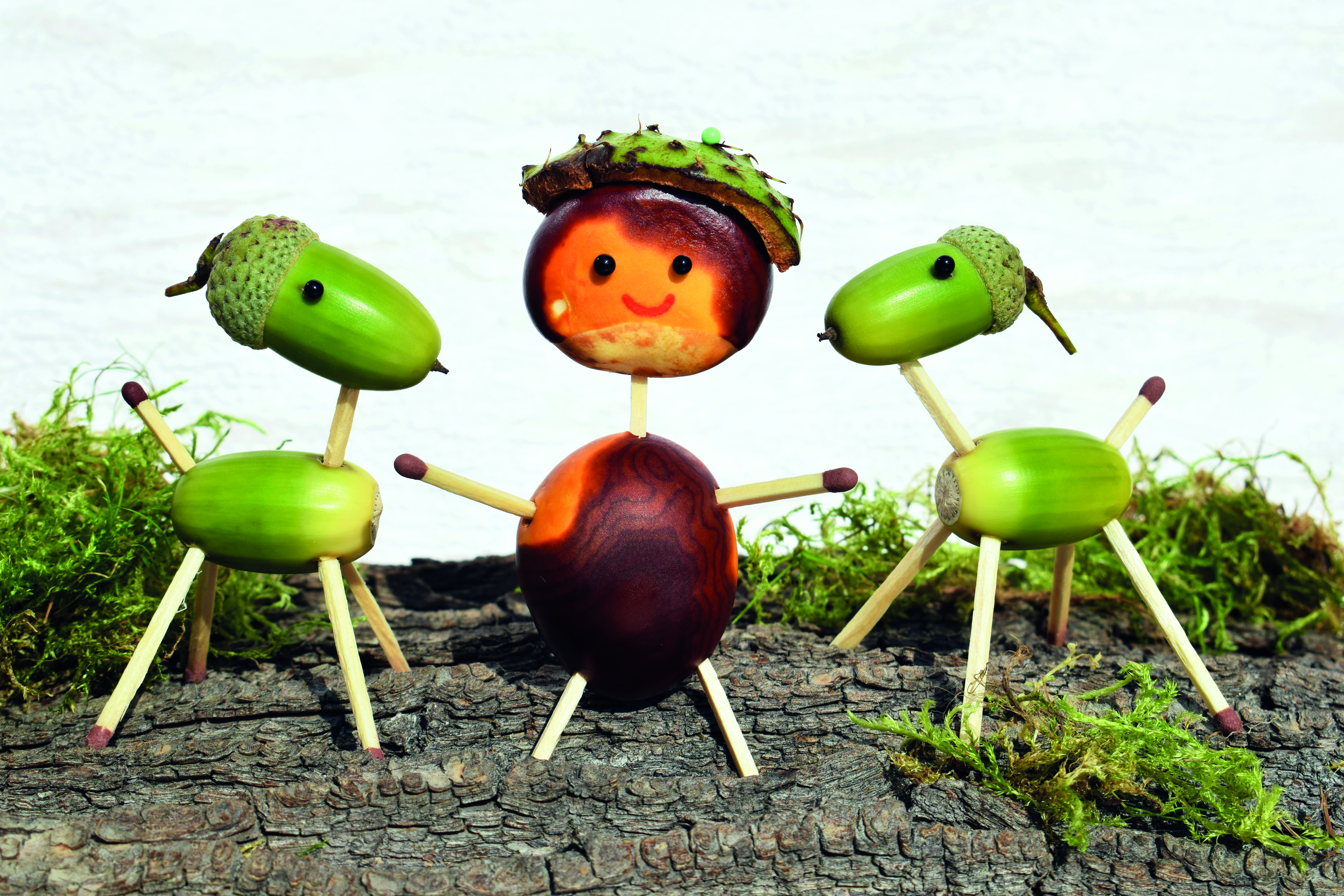
Collect acorns and make them into stick people (see image) or wacky faces using nail polish and googly eyes; I ask parents to donate nail polish they no longer need, and each time I ask I receive dozens of fantastic colours that last much longer than paint and are far more vibrant – great for practising pinch grips and delicate designs. We also use them for painting sticks and stones, too.
Make fairy houses for the base of the trees in your setting: turn small terracotta pots upside down and chalk, paint or collage windows and a door on each one – use a stick for a chimney. A coat of varnish will protect the designs – but if you leave them as they are, children will be able to recreate them as the decoration weathers off.
Oak leaves are thick and if children concentrate, they’ll be able to thread them together without ripping them. Give children hole punches (saving the punched pieces for leaf confetti) and some string to make oak leaf garlands. Once the garlanded leaves dry out, pile them up outdoors for children to crunch between their hands.
oak seasonal springboards
Plant your own oak from an acorn in autumn. If possible, ask a friend, colleague or child’s family to collect acorns if they happen to be visiting one of the UK’s famous oaks, such as the Major Oak or Gog and Magog, at Glastonbury. Tourists are known to carry acorns from these oaks all over the world to grow their own English oak. Oaks needplenty of space for their roots and canopy, so plant your acorn into a pot to prevent it taking over your garden (in 200 years’ time)…
 In winter, make a yule log. These were traditionally chunks of oak, decorated with holly and mistletoe and were believed to bring good luck and good health for the coming year. If you can, buy a chocolate Swiss roll and decorate it to match for a bit of a yuletide treat.
In winter, make a yule log. These were traditionally chunks of oak, decorated with holly and mistletoe and were believed to bring good luck and good health for the coming year. If you can, buy a chocolate Swiss roll and decorate it to match for a bit of a yuletide treat.
Oak is often the last tree to come into leaf in spring. Print a chart of all the trees we’ve looked at this year (willow, hazel, elder and oak, with horse chestnut and conifer to come) and note down when the first buds and then leaves unfurl. Don’t forget to add any trees you have in your garden that we haven’t covered this year – you might have other common trees, such as birch, elm, sycamore or beech.
In summer, oaks are abundant with life, supporting hundreds of other communities of living things. One of the most commonly spotted signs is oak galls – lumps, usually spherical, that grow on twigs. If you find some, let children examine them for the tiny hole that shows that the insect that made it – usually a wasp – has now left for good. Caterpillars love oak leaves, and small birds love caterpillars, so look out for nesting tits in late spring and early summer.
An oak tale
 There are dozens of lavishly illustrated fiction books featuring oak trees. For a non-fiction story, I really enjoy WhatDid the Tree See? by Charlotte Guillain and Sam Usher. The pages describe hundreds of years in the life of an oak tree near the coast, with rhyming text and detailed pictures children love examining close up. Authorfy.com has a free downloadable KS1 teaching pack that has plenty of ideas for using the book with younger children. Use it as a springboard to talking about the things your local ‘ancient’ oak might have seen in its lifetime.
There are dozens of lavishly illustrated fiction books featuring oak trees. For a non-fiction story, I really enjoy WhatDid the Tree See? by Charlotte Guillain and Sam Usher. The pages describe hundreds of years in the life of an oak tree near the coast, with rhyming text and detailed pictures children love examining close up. Authorfy.com has a free downloadable KS1 teaching pack that has plenty of ideas for using the book with younger children. Use it as a springboard to talking about the things your local ‘ancient’ oak might have seen in its lifetime.
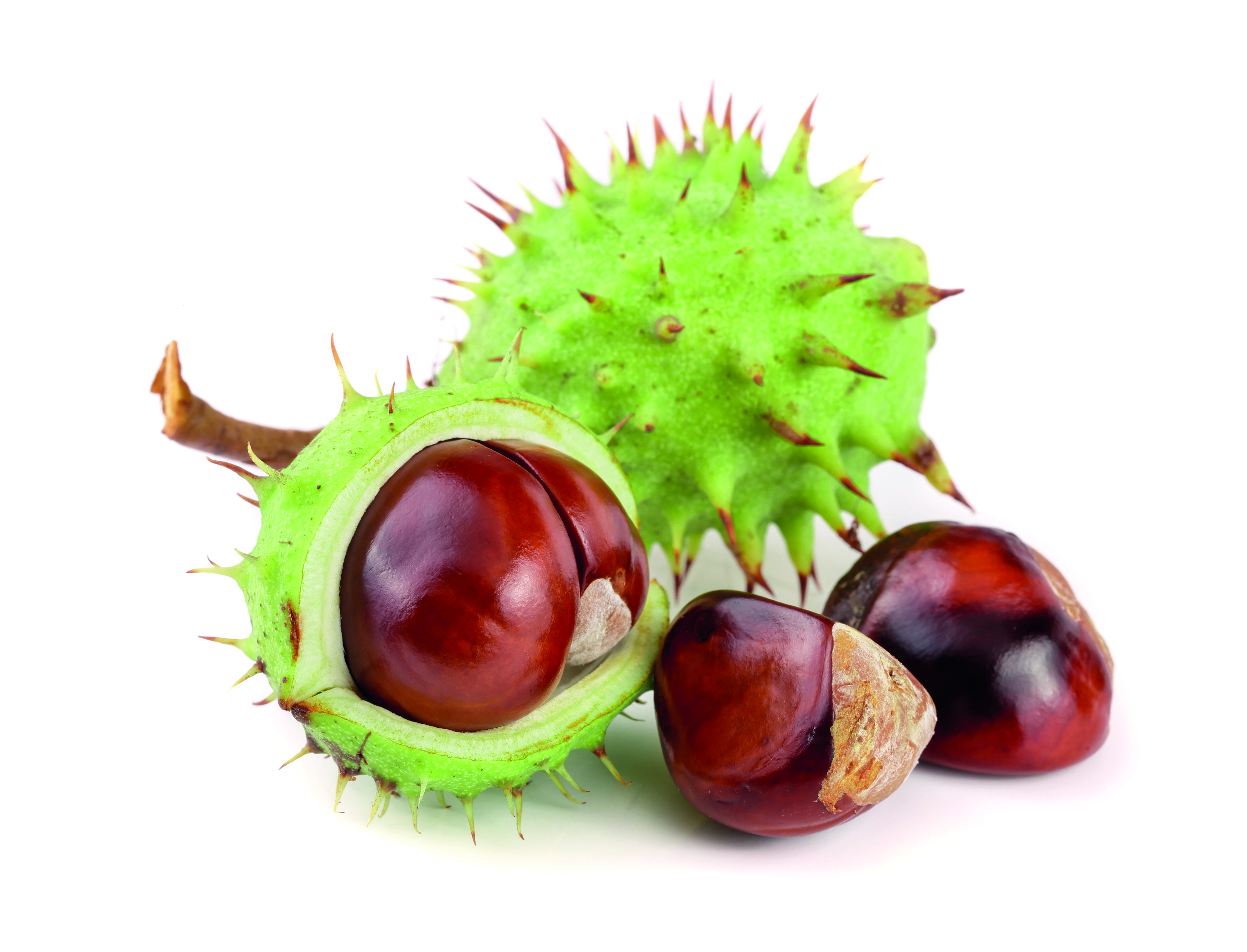 next month – conkers
next month – conkers
Conker season is almost upon us and October’s article will be all about horse chestnuts. If your trees tend to fruit earlier, make sure you’ve collected lots of conkers ready for conker projects.
PHOTOS: Adobe Stock, Wiki Media Commons, and Julie Mountain









